In a recent episode of the Playing with Research in Health and Physical Education podcast, I had the pleasure of speaking with Dr. Michael Hemphill (UNC Greensboro) and Dr. Paul Wright (Northern Illinois University) about their recent article, “The Contribution of TPSR Scholarship and Practice to Social Justice.” Our discussion revisited the roots of the Teaching Personal and Social Responsibility (TPSR) model while exploring how it continues to evolve in today’s educational landscape.
For practitioners, the conversation offers both a grounding in the philosophy of TPSR and a challenge to see its potential beyond the gym.
From Margins to Mainstream
TPSR began decades ago through Don Hellison’s work with youth in underserved communities in Chicago and Portland. At the time, Don wasn’t using the term “social justice,” but as Paul pointed out, his work was social justice in action—centering relationships, empowerment, and respect in places where young people faced housing insecurity, poverty, and exclusion.
Michael described TPSR’s journey “from marginalization to mainstream.” In the early years, it sat on the fringes of educational research, while today it aligns naturally with ideas like culturally relevant pedagogy, trauma-informed practice, and positive youth development. TPSR’s emphasis on empathy, responsibility, and student voice feels more essential than ever in a time when schools and communities are re-examining what “learning” and “well-being” mean.
Service-Bonded Inquiry: Getting Our Hands Dirty
One of the core ideas in their paper is service-bonded inquiry—a term coined by Hellison and his colleagues to describe a kind of scholarship that starts in service and practice rather than the lab.
As Paul explained, this means designing projects around the real needs of communities, not around publication checklists. It’s messy, human, and deeply relational work. Instead of asking, “How do I design a study that will get published?”, service-bonded inquiry begins with “What do young people and communities need, and how can I help?”
For teachers and coaches, that’s a powerful reminder. It reframes our work as meaningful scholarship in its own right—whether we’re in a classroom, an after-school program, or a gym. The lesson? You don’t need to choose between practice and research. The best TPSR programs blend both.
The Challenge of Doing Real Work in an R1 World
Our conversation also touched on the tension many educators face: the pressure to publish and the realities of academic systems that don’t always reward community engagement. Paul shared that even Don Hellison, near the end of his career, found himself squeezed out of a kinesiology department that had turned toward hard-science funding models.
Michael noted that much of today’s TPSR work flourishes in teaching-focused or regional universities, where faculty have the freedom to build long-term community relationships. These institutions often serve as incubators for the kind of authentic, sustained partnerships that TPSR depends on.
For practitioners, this story resonates as a reminder that deep, community-based work takes time, trust, and institutional support—and that it’s every bit as valuable as high-impact publications.
A Living Community: The TPSR Alliance
Both guests highlighted the TPSR Alliance, a global network connecting scholars and practitioners across more than thirty countries. Since its beginnings in the early-2000s, the Alliance has grown into a vibrant community of practice, balancing theory and action. Meetings focus less on PowerPoint slides and more on conversations around tables—what worked, what didn’t, and how to keep evolving together.
Paul described it as a space where “scholar-practitioners and practitioner-scholars” meet as equals. That balance—between universities and communities, between data and stories—is what keeps TPSR alive and relevant.
Looking Ahead: From Responsibility to Collective Action
When asked about the future, both guests emphasized expanding TPSR’s scope from individual growth to collective empowerment. While the model began by helping young people take responsibility for themselves and others, its next evolution may involve supporting community-level advocacy and social change.
At its best, TPSR helps learners see themselves not just as responsible individuals, but as capable agents within their schools and neighborhoods. Programs like Growing Young Movers in Canada and She Hits Hard demonstrate how this can look in practice—blending leadership, employability, and community impact.
The Takeaway
For those of us working in schools, gyms, and after-school programs, the message from Michael and Paul is clear:
TPSR is not a script—it’s a mindset.
Start small. Model respect. Give students a voice. Reflect together. Build from there. Whether you call it TPSR or just good teaching, it’s about human connection and empowerment.
And as we continue this work in 2025 and beyond, it’s worth remembering what Don Hellison modeled all along: teaching for responsibility is teaching for justice.
This blog post was written with the assistance of AI to support clarity and accessibility. It is intended to help disseminate and discuss research findings with a broader audience. However, for the most accurate and reliable information—including conclusions and practical applications—please refer to the original peer-reviewed publication on which this blog is based. The peer-reviewed article remains the most authoritative source.
Full Cite of the article:
Hemphill, M. A., & Wright, P. M. (2025). Contribution of TPSR scholarship and practice to social justice. Curriculum Studies in Health and Physical Education, 16(3), 296–310. https://doi.org/10.1080/25742981.2025.2556274

